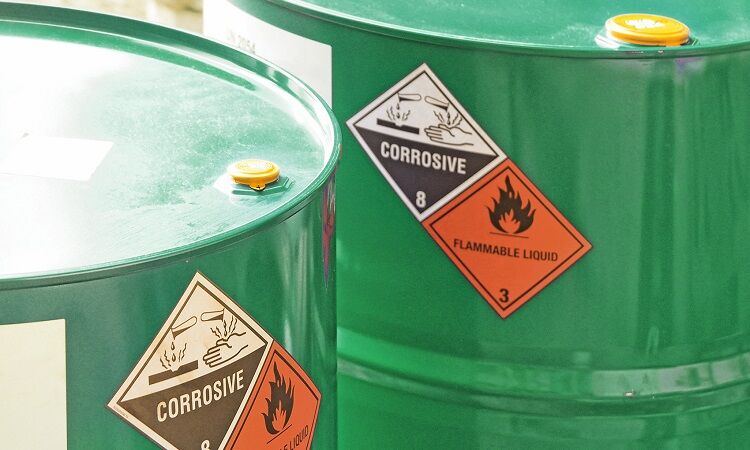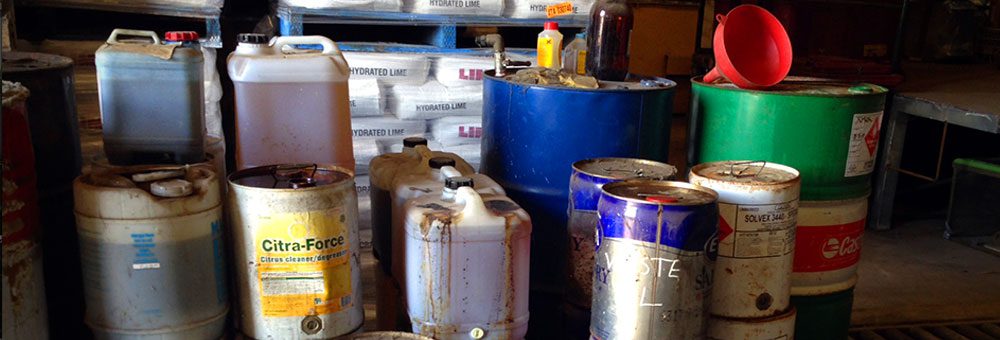Leading Liquid Waste Disposal Melbourne: Trusted Solutions for Appropriate Waste Management
Leading Liquid Waste Disposal Melbourne: Trusted Solutions for Appropriate Waste Management
Blog Article
Exactly How Liquid Waste Disposal Functions: A Detailed Summary of Methods and Technologies Utilized

Overview of Liquid Waste Types
The intricacy of fluid waste kinds demands a thorough understanding of their characteristics and implications for disposal. Liquid waste can broadly be classified right into a number of types, including industrial, municipal, agricultural, and contaminated materials. Each group shows unique buildings, calling for certain administration strategies to mitigate ecological and health and wellness dangers.
Industrial liquid waste stems from making procedures and typically includes an array of contaminants, such as hefty steels, solvents, and organic substances. Local liquid waste, mainly consisting of wastewater from houses and industrial establishments, has organic issue, nutrients, and pathogens (industrial wastewater treatment). Agricultural fluid waste, including runoff from farms, might contain plant foods, pesticides, and pet waste, positioning threats to water quality and ecosystems
Harmful fluid waste is defined by its toxicity, reactivity, or prospective to trigger damage. This category consists of compounds like acids, bases, and particular chemicals that necessitate strict handling and disposal protocols. Comprehending these diverse liquid waste kinds is vital for developing efficient disposal approaches and guaranteeing conformity with environmental guidelines. Correct classification and characterization are crucial for executing proper treatment methods and decreasing the adverse effects on public wellness and the environment.
Physical Therapy Approaches

Screening is the initial action, where bigger bits and debris are eliminated from the liquid waste using displays or grates. This procedure secures downstream devices from damage and ensures smoother procedure. Adhering to testing, sedimentation uses gravitational force to different solids from fluids. In sedimentation storage tanks, heavier fragments resolve near the bottom, developing a sludge layer, while the clarified fluid can be more treated.
Purification is one more essential approach that includes passing the fluid with porous products, such as sand or membranes, to record smaller fragments. This step enhances the high quality of the fluid, making it suitable for succeeding treatment processes.

Chemical Therapy Techniques
Chemical therapy techniques are necessary for efficiently taking care of liquid waste, specifically in dealing with liquified and colloidal contaminants that physical approaches may not effectively remove. These methods utilize different chemical representatives to neutralize, precipitate, or change hazardous compounds right into less dangerous kinds.
One typical approach is coagulation and flocculation, where chemicals such as alum or ferric chloride are added to promote the aggregation of put on hold fragments. This process improves sedimentation, enabling easier removal of the resulting sludge. Furthermore, oxidation procedures, employing agents like chlorine or ozone, are utilized to damage down intricate natural compounds and pathogens, making the waste more secure for discharge or more therapy.
Neutralization is another vital technique, which adjusts the pH of acidic or alkaline waste streams to neutral levels, preventing potential injury to downstream systems and the setting. Moreover, progressed oxidation procedures (AOPs) utilize mixes of oxidants and ultraviolet light to degrade consistent pollutants, accomplishing a higher level of treatment effectiveness.
Organic Treatment Processes
Biological treatment processes play a vital function in the administration of fluid waste by using bacteria to disintegrate natural matter and decrease contaminant levels. These processes can YOURURL.com be generally categorized into anaerobic and cardio treatments, each using certain microbial communities to achieve reliable waste deterioration.
Cardiovascular treatment includes the use of oxygen to help with the break down of organic products by microorganisms. This process is typically implemented in activated sludge systems, where oygenation storage tanks offer a conducive environment for microbial development, bring about the oxidation of organic pollutants. The resultant biomass can be divided from treated effluent through sedimentation.
On the other hand, anaerobic therapy happens in the absence of oxygen, depending on various bacteria to damage down raw material. This approach is especially beneficial for high-strength waste, as it generates biogas, an eco-friendly energy resource, while minimizing sludge production. Technologies such as anaerobic digesters are regularly utilized in industrial and local applications.
Both aerobic and anaerobic biological therapies not only decrease the environmental influence of liquid waste yet also assist in resource healing, making them vital parts of sustainable waste monitoring techniques. Their effectiveness, versatility, and performance support their extensive execution across various markets.
Arising Technologies in Disposal
Innovative techniques to fluid waste disposal are swiftly advancing, driven by improvements in modern technology and an enhancing focus on sustainability. Among these emerging innovations, membrane layer bioreactors (MBRs) have actually obtained grip for their ability to combine biological treatment with membrane filtering, leading to high-quality effluent that can be reused in various applications. MBRs allow smaller footprints and much more effective operations compared to standard systems.
One more appealing advancement is the usage of anaerobic food digestion integrated with nutrient healing innovations, which not only treats liquid waste but also generates biogas and recovers valuable nutrients like nitrogen and phosphorus. This twin advantage boosts source effectiveness and minimizes ecological effect.
Additionally, advanced oxidation processes (AOPs) are being taken on for the destruction of intricate organic contaminants. These methods make use of you can look here effective oxidants and drivers to break down contaminants at the molecular degree, supplying a very efficient service for challenging waste streams.
Moreover, the assimilation of fabricated knowledge and artificial intelligence in waste management systems is maximizing functional effectiveness and predictive upkeep, resulting in reduced prices and enhanced environmental conformity. These technologies mirror a substantial shift in the direction of more lasting and efficient liquid garbage disposal methods.
Conclusion
In final thought, efficient liquid waste disposal requires a thorough understanding of numerous strategies and modern technologies. By constantly advancing these approaches, it ends up being feasible to address the expanding obstacles linked with liquid waste, ultimately contributing to environmental defense and source healing.
Liquid waste disposal is a crucial aspect of environmental management, calling for a browse around here detailed understanding of different techniques and modern technologies tailored to different waste types. Liquid waste can broadly be categorized right into a number of kinds, including industrial, community, agricultural, and hazardous waste. Agricultural liquid waste, including runoff from ranches, might have plant foods, chemicals, and pet waste, presenting dangers to water high quality and environments.
Different physical treatment methods play a crucial role in taking care of fluid waste successfully - industrial wastewater treatment.In final thought, efficient liquid waste disposal demands a thorough understanding of different methods and technologies
Report this page